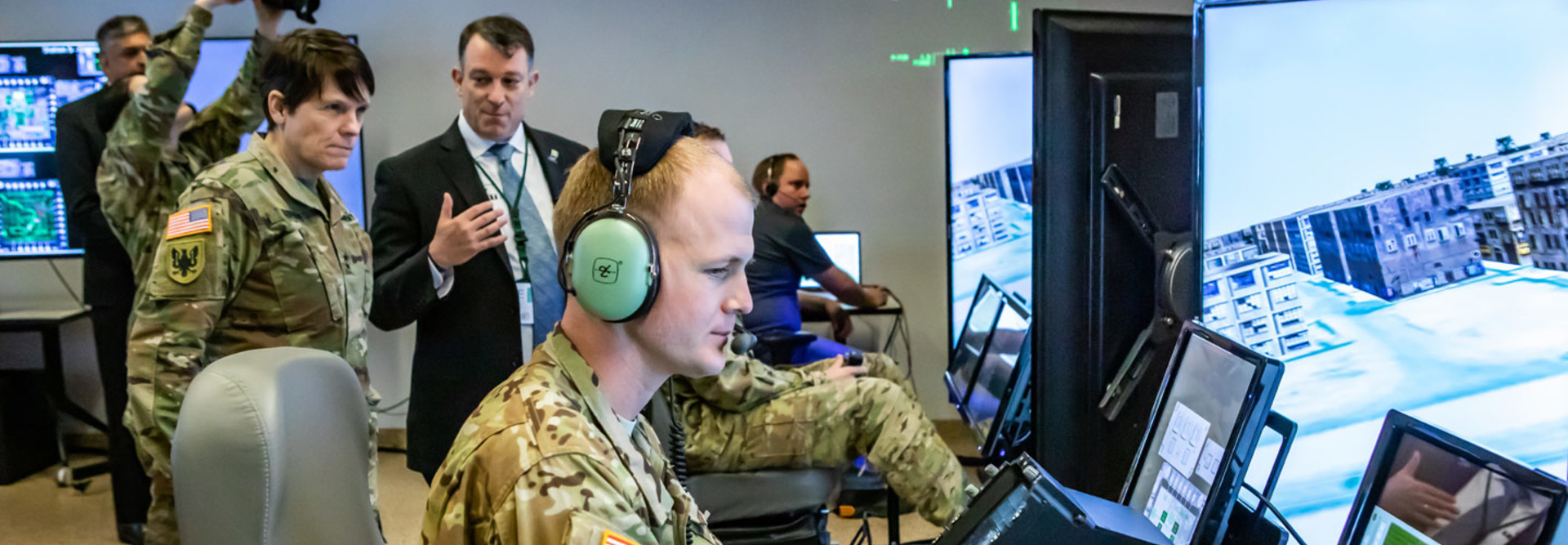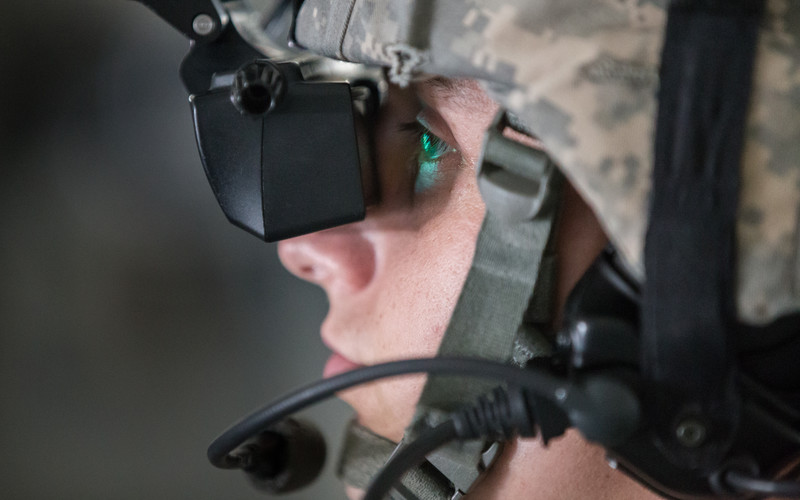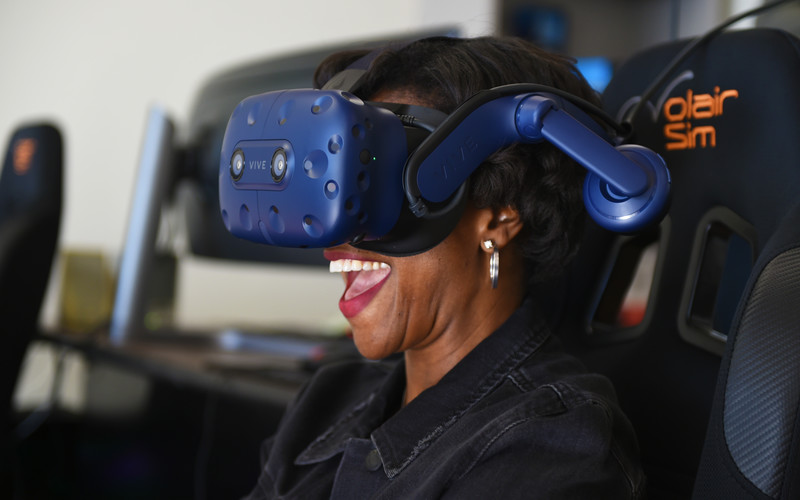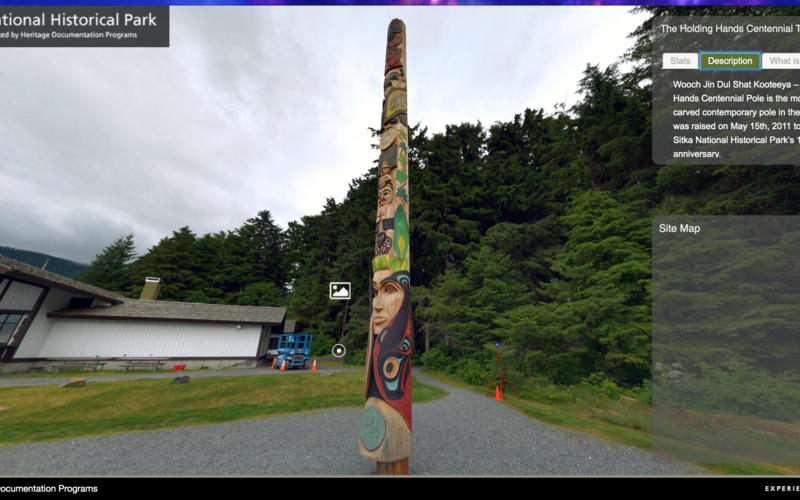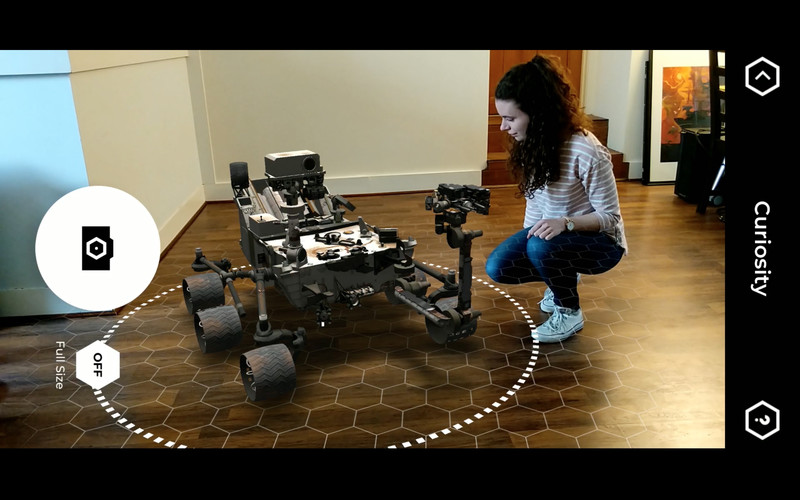Soldiers train for months, even years, before being sent into the field, and training continues when they return home. The U.S. Army wants to make sure their expertise remains sharp, no matter where they’re located, and virtual reality may help.
“Training isn’t over when you’re deployed,” says Maj. Gen. Maria Gervais, deputy commanding general for the U.S. Army Combined Arms Center-Training. “We want them to have the ability to let a squad do things over and over again, changing the variables, so by the time they get to their first battle, you have somebody who’s very confident.”
The Army is leveraging the work already done in the commercial gaming sector to update its immersive training capabilities, and in November, it awarded a $480 million contract to Microsoft to develop prototypes of augmented reality systems that could be used in training. “The pieces are out there,” Gervais says.

How Agencies Can Use Both AR and VR
Augmented and virtual reality are picking up steam in the consumer market as VR headsets become more affordable and companies begin finding new ways to deploy AR on tablets and smartphones — just look at the popularity of Pokémon GO.
Federal agencies, however, began utilizing the technology — particularly augmented reality — years ahead of that trend, according to Shawn McCarthy, research director at IDC Government Insights.
“It was really for highly specialized purposes,” McCarthy says. “The largest use has been in training. Maintenance is second — for example, goggles that allow a worker to have access to records and pictures of parts when he’s in the belly of an airplane.”
The Army had been combining legacy systems to create virtual training environments, but realized it needed a virtual training experience with reconfigurable options that could be used at essentially any location, says Gervais, who leads the Army’s Synthetic Training Environment.
She met with tech companies to assess off-the-shelf products that could be modified for military use. The November contract with Microsoft calls for the company to provide 2,550 AR/VR prototypes for the Army’s Integrated Visual Augmentation System, based on Microsoft’s HoloLens. If the prototypes are successful, the Army could buy as many as 100,000 more.
At first, the Army set a deadline between 2025 and 2030 because of concerns over the pace of the technology’s evolution. But because of rapid improvements in gaming visuals, Gervais now hopes an AR/VR experience will be available soon.
“We needed an environment based on common data and architecture,” she says. “We have to be able to prepare for an environment that, as we see in the world today, will become more complex and challenging.”
MORE FROM FEDTECH: Find out how edge computing can benefit your agency.
VR Lets Users Experience Historic Sites
Other agencies are turning to creative methods — and outside help — to develop AR/VR programs that enhance the customer experience.
The American Battle Monuments Commission created a smartphone app that allows people to take a virtual tour of the Normandy American Cemetery near Omaha Beach in northern France, the burial site for 9,387 Americans who died in the D-Day invasion. The app also gives tourists physically at the site more information about what they’re seeing.
The tiny agency, which maintains 26 cemeteries and 30 memorials around the world, outsourced production of the app, says Tim Nosal, ABMC chief of external affairs.
The National Park Service began working with TimeLooper, a virtual reality platform creator, when the company asked the NPS for information about the Washington Monument for a Washington, D.C.-based VR experience.
When an elevator at the Lincoln Memorial was shut down, denying visitors with mobility issues access to the main chamber, TimeLooper produced a VR experience that uses a cardboard headset to help visitors view the chamber containing the Lincoln statue without using the stairs.
The company also created an experience around the Petersen House — the home where President Abraham Lincoln died — when it had to be closed in 2018 for installation of a fire suppression system and other renovations, says Paul Ollig, chief of interpretation for the NPS.
“When you’re looking at that room, you feel the weight of the events of that night,” he says. “We’ve found that people who experience VR in situations like that are very thankful we have some sort of alternative experience.”
NPS gift shops now sell (or occasionally provide for free) cardboard headsets that, when paired with a smartphone, create 3D experiences at various landmarks, including the Vietnam Veterans Memorial. TimeLooper handles that end of the business and also manages app updates; that’s the advantage of working with an external provider, Ollig says.
“The complexity of the technology is likely beyond the capability of most government agencies,” Ollig says. “We can give the public something they’ve never seen before when we find a partner who’s willing to work with us in a way that fits with our mission.”
MORE FROM FEDTECH: See how the Navy uses VR to train aircraft carrier crews.
Government Use of AR and VR Is Expected to grow
Although some agencies may feel AR/VR technology isn’t useful, new solutions with lower price points may change their minds, says McCarthy.
“It gives you extra flexibility as to where you can access information,” he says. “I don’t consider it frivolous.”
Federal, state and local governments spent about $326 million on AR/VR solutions last year, he says. By 2021, IDC forecasts place the total at $9.2 billion, marking a significant uptick in government AR/VR use.
With augmented and virtual reality providing the ability to show people things they otherwise wouldn’t be able to see, the biggest challenge AR/VR adoption may face could be a nearly limitless number of potential applications.
“It’s never going to replace a park ranger or some of the other traditional ways we tell stories,” says Ollig. “But it’s another tool we can use to provide access to the meaning of these sites and help people understand why it’s important to protect them.



